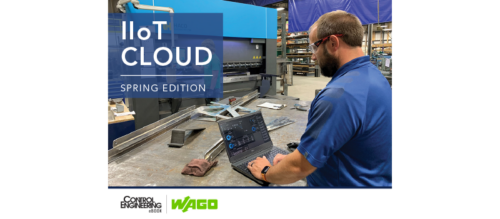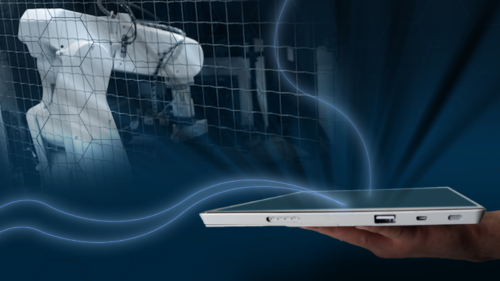Digital prototyping next in line as 3D design sees baseline adoption
All things considered, 2007 has been a very good year for Autodesk, a $1.84B design software company that passed a major milestone in May when it announced its one-millionth seat license for its flagship 3D product. And the company is reporting record revenues for the first quarter: $509 million, a 17-percent gain over last year.
All things considered, 2007 has been a very good year for Autodesk, a $1.84B design software company that passed a major milestone in May when it announced its one-millionth seat license for its flagship 3D product. And the company is reporting record revenues for the first quarter: $509 million, a 17-percent gain over last year.
Autodesk’s 3D product suite includes Autodesk Inventor, Autodesk Revit, and AutoCAD Civil 3D software. One million users were compiled in just five years.
Autodesk next foresees manufacturers turning to a new design-related “push” for digital prototyping.
Robert “Buzz” Kross, VP of manufacturing solutions, attributes the growth in 3D to a number of factors, not the least of which is a quantum leap forward in the capabilities of CAD software to increase designer productivity.
“What product designers and mechanical engineers are doing today would have been unimaginable just a few years ago,” he says. “Some of our customers tell us they are developing 10 times more products, and they certainly don’t have 10 times more people.”
Kross adds that having 3D design capabilities is increasingly viewed as a baseline. “You cannot compete without it,” he says.
Michael Fauscette, VP of applications research at Framingham, Mass.-based IDC , agrees. “3D modeling is fast becoming the design standard in manufacturing. Customers are adopting 3D because they see the productivity advantage of leveraging these tools into digital prototyping workflows.”
Autodesk’s lucky millionth license went to Nappanee, Ind.-based Gulf Stream Coach , a manufacturer of recreational vehicles.
“We see Autodesk Inventor as reducing the information cycle-time needs of our employees,” says Mark Smith, Gulf Stream’s CIO and VP of IT. “This facilitates our speed to market, helping us to set the standard for our industry.”
Gulf Stream, which offers 26 brands and more than 100 models, has used AutoCAD software as its primary design tool for more than a decade. Today it is using Inventor to design a new Class A toy hauler that will launch later this year.
Important as the milestone is, Autodesk is looking ahead, with digital prototyping providing clear direction. “Early adopters already know that digital prototyping pays off in faster time-to-market and fewer physical cycles,” says Kross. “To be best-in-class today means adding digital prototyping capabilities.”
One underappreciated benefit from digital prototyping is it makes marketing and executive reviews easier, and contributes to other types of demonstrations as well. For instance, Inventor users can create videos to show off different finishes—brushed nickel versus chrome, for example. Such features allow engineers to sell their designs more effectively, while also reducing the risk of major modifications to physical prototypes.
Such innovations reflect the increased importance of aesthetics in product design, even in sectors where “the look” hasn’t much mattered before. “We believe our tools allow designers to take a more artful approach,” says Kross.
There’s little doubt that Autodesk’s prospects are bright. A recent report out of Boston-based AMR Research cites an “exceptionally strong management team,” while continuing growth in the CAD market—which AMR forecasts at 9 percent per year through 2010—bodes well for the company.
Do you have experience and expertise with the topics mentioned in this content? You should consider contributing to our CFE Media editorial team and getting the recognition you and your company deserve. Click here to start this process.





